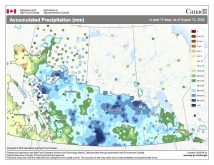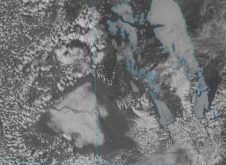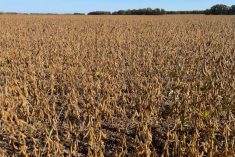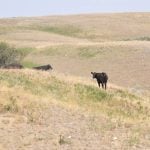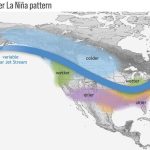As we work our way toward winter, several locations across the Prairies have already seen snow.
There are several different types of icy precipitation, but it all begins with the process that creates precipitation in cold clouds. In our part of the world, it is the predominant method of precipitation formation, summer or winter.
We begin by exploring super-cooled water. We’ve all experienced freezing rain, which occurs when temperatures fall slightly below freezing. When you drop cold water on a freezing surface, the water doesn’t freeze instantly unless the surface is very cold. So why does a raindrop, falling from the sky, freeze as soon as it hits a solid surface?
Read Also
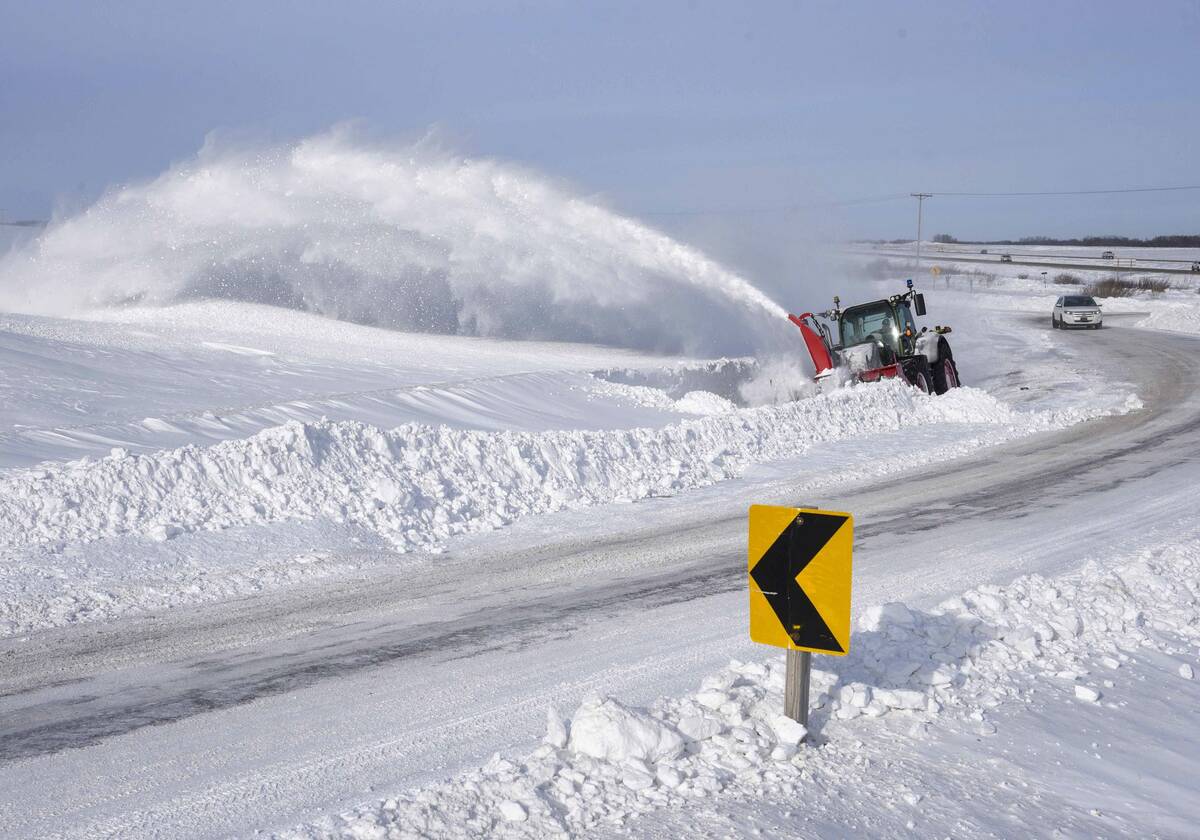
The distant drivers of Manitoba winter weather
Manitobans viscerally feel the impacts of snowfall, chilling winds and the occasional polar vortex, but the source of those local winter weather patterns can come from far away
The answer is that the raindrop was super-cooled. The liquid water in that raindrop was already below the freezing point.
How is this possible? As we know, water behaves differently than most other substances. While other substances are most dense when they become solid, water is most dense at 4 C. If water didn’t behave this way, we wouldn’t be here.
Imagine what would happen to rivers, lakes and oceans if ice were heavier than water. Ice would form, sink to the bottom, new ice would form, sink, and eventually the whole water body would freeze solid. Our planet would be a giant ice cube.
The uniqueness of water doesn’t end there. Strangely enough, water in the atmosphere doesn’t normally freeze at 0 C. For atmospheric water to freeze, it must have something to freeze onto. The problem that arises is that, in the atmosphere, there are large numbers of particles for water to condense onto (condensation nuclei) but few particles for water to freeze onto (ice nuclei).
For ice to form at temperatures just below zero, you need a six-sided structure, and there aren’t many of those around. Ice crystals themselves are six-sided, but where do we get the ice crystal in the first place? It is kind of like what came first, the chicken or the egg?
With lack of ice nuclei, if the cloud temperature is warmer than -4 C, the cloud will be made of super-cooled water. If we cool the cloud down to around -10 C, ice crystals will begin to form even if there are no ice nuclei, so at these temperatures the cloud will consist of a mixture of ice crystals and super-cooled water.
Once temperatures fall to -30 C, the cloud will consist almost entirely of ice crystals, and if we are colder than -40 C, the entire cloud will be made up of ice crystals.
How does this combination of ice crystals and super-cooled water tie into the creation of precipitation in cold clouds?
In warm clouds, rain develops through a process known as collision and coalescence, where water droplets collide and grow together until they are big enough to fall to the ground. In a cold cloud we have a similar process, but before this can occur, another process has to work its magic — the Bergeron process.
The Bergeron process relies on another unique property of water. If there is just enough water vapour in the air to keep a super-cooled water droplet from evaporating, then there is more than enough for an ice crystal to grow larger. That’s because the saturation vapour pressure over ice is lower than that over water. In other words, ice crystals will attract water vapour more readily than water droplets will.
Looking at our theoretical cold cloud, it now contains ice crystals and they are growing. As the crystals grow, they pull water vapour from the atmosphere. As the amount of water vapour in the atmosphere drops, our super-cooled droplets will begin to evaporate to help make up the difference.
These droplets evaporate and the ice crystals continue to grow at the expense of the super-cooled water droplets. After a while, the cloud consists mostly of ice crystals. This process by itself would only result in light amounts of precipitation. For heavier precipitation, we need the second process to kick in. In a cold cloud, we call this second process riming and aggregation.
This is much like the collision and coalescence process in warm clouds. Ice crystals fall and either collide into super-cooled water and grow larger (riming) or collide into other ice crystals and grow larger (aggregation).
Aggregation occurs best when cloud temperatures are only slightly below zero, because the warmer temperatures give ice crystals a wet surface that helps other ice crystals stick. This is one reason we see large snowflakes when it is relatively warm.
In the next issue, we’ll look at the weather numbers in October, look ahead to long-range forecasts, and continue our discussion of frozen precipitation.
Keep sending your nature predictions or winter weather folklore to [email protected]. So far I’ve received some really good ones.







